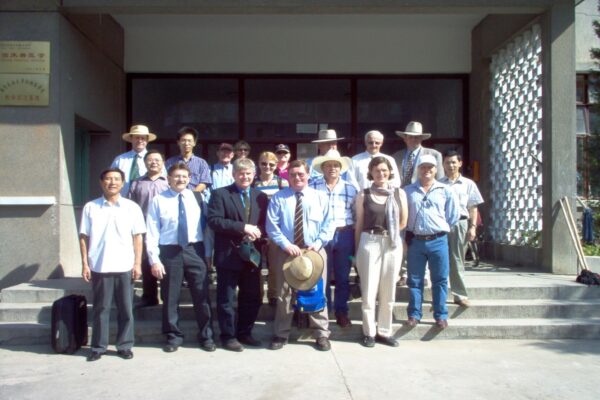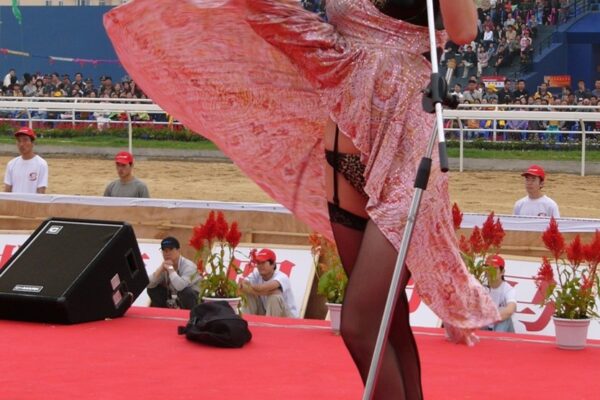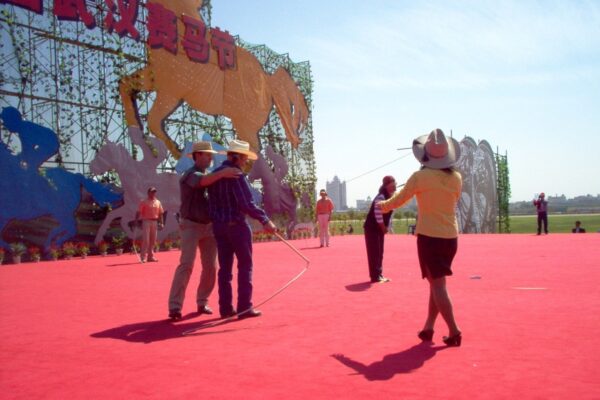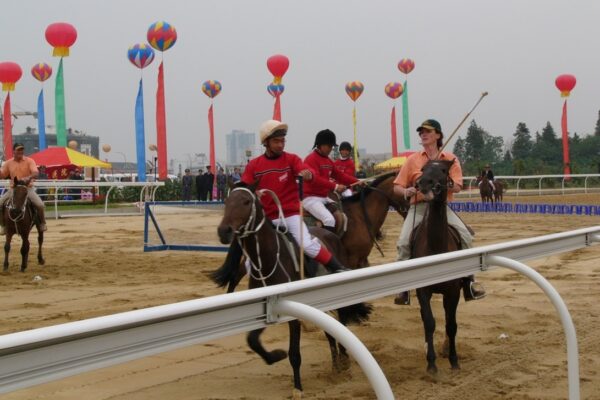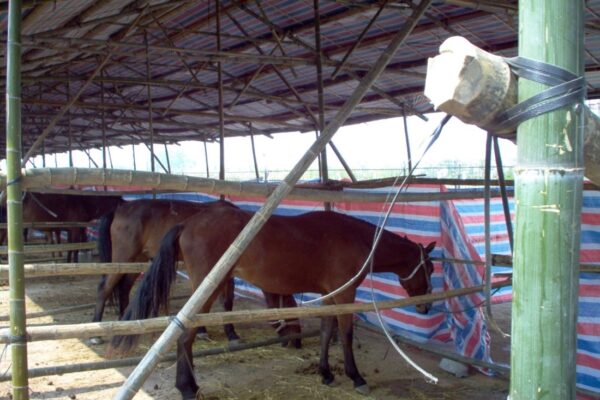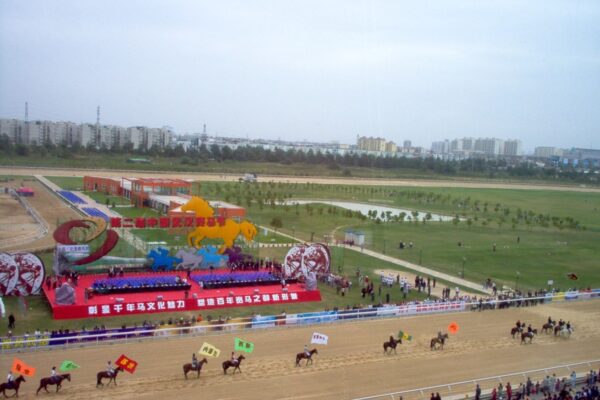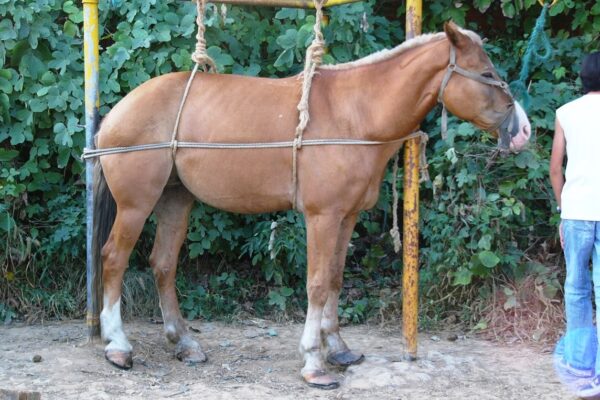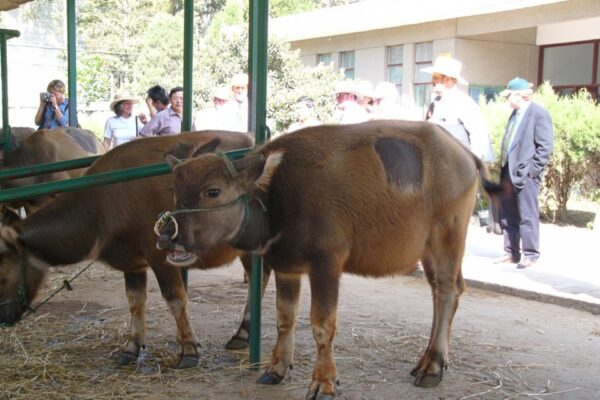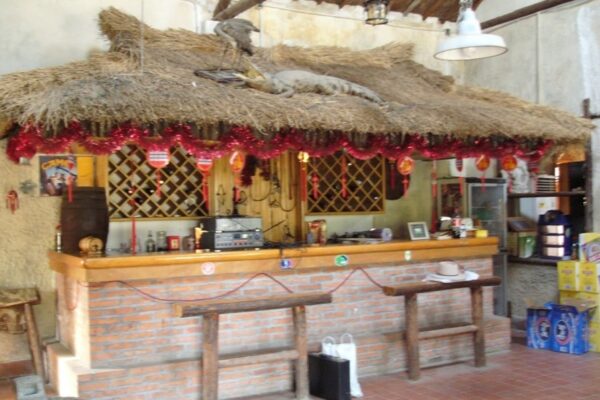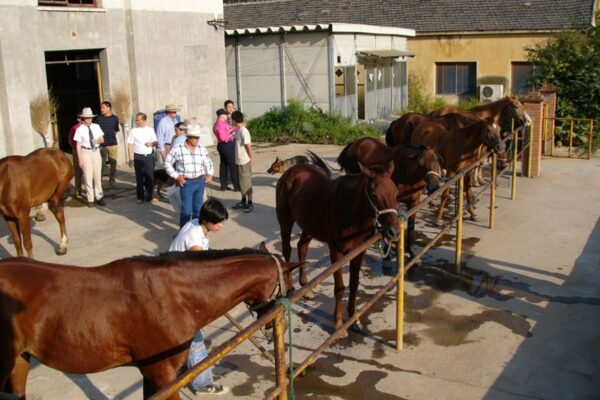Queen Elizabeth II’s Favourite Horses
See: https://www.horseandhound.co.uk/features/the-queen-favourite-horses-hh-plus-716763
See also: https://sconevetdynasty.com.au/without-fear-qe-ii-in-1976/
Featured Image: Aureole
The Racehorses
Perhaps to know why Her Majesty is fascinated with breeding thoroughbreds, it is important to understand how complex it is to mate, rear, train and ride a racehorse.
Her Majesty has developed a deep, profound knowledge, which she has consistently worked on and thought about throughout most of her life. It takes the same sort precise expertise as a watchmaker to produce a somewhat fragile racehorse to perform on the big occasions and indeed any occasion at all – especially when they are expected to race at speeds of up to 40mph.
These incredible highly charged creatures, full of blood and muscle, are developed from birth with kid gloves, and the sophisticated jigsaw of trying to put all the pieces together is a constant challenge that continues to intrigue The Queen. To deal with the constant challenges and disappointments, as all horse people will know, the greatest asset you need to have with horses is patience – which luckily The Queen has in spades.
Her Majesty has chosen the following as her most memorable horses, by John Warren, Her Majesty’s bloodstock and racing adviser
The Queen’s favourite horses: Aureole – chestnut stallion by Hyperion out of Angelola (Donatello), 1950
The colt was bred by King George VI and was the first horse The Queen inherited from her late father. Aureole was a very high-class racehorse – winning seven races, including the Acomb Stakes, Derby Trial, Cumberland Lodge, Coronation Cup, Hardwick and the King George VI and Queen Elizabeth Stakes at Ascot; he also finished second in the Epsom Derby.
Aureole’s feisty, highly strung temperament made owning him all the more intriguing as The Queen understood early on what it took to encourage the best out of this brilliant home-bred.
Her Majesty has chosen Aureole as one of her most memorable horses as in addition to him becoming The Queen’s first top-class exciting racehorse, Aureole stood at Sandringham Stud throughout his whole career as a stallion, where he sired many top-class horses until his retirement at the age of 24.
The Queen’s favourite horses: Doutelle – chestnut stallion by Prince Chevalier out of Above Board (Straight Deal), 1954
He was the first top-class horse bred by The Queen in her own right. He was winner of the Granville Stakes, the 2000 Guineas Trial, Derby Trial, Cumberland Lodge, Limekiln Stakes, the John Porter and Ormonde Stakes. He was also placed in the Gold Cup, King George VI and Queen Elizabeth, Dewhurst, New Ham and the Winston Churchill Stakes.
Her Majesty’s sharp eye noticed when she was shown the colt by a different stallion by her trainer (Captain Boyd-Rochfort at his stables at Freemason Lodge in Newmarket), and questioned whether it was in fact Doutelle. It seemed that two of Her Majesty’s colts had inadvertently been confused since the time she had seen them as foals. As neither horse had run, there was no serious problem, but there could have been if The Queen had not been so observant and remembered them so well as foals.
Doutelle also retired to The Queen’s Sandringham Stud where his career as a stallion was tragically cut all too short, dying at the age of only eight. Among his best offspring were Pretendre (winner of the Dewhurst), Canisbay (the Queen’s Eclipse Stakes winner) and importantly the Nell Gwyn and Oaks Trial winner Amicable, who became one of the Royal Stud’s foundation broodmares.
The Queen’s favourite horses: Highclere – bay mare by Queen’s Hussar out of Highlight (Borealis), 1971
A dual Classic winner when winning both the 1000 Guineas and Prix de Diane, Highclere was also second in the King George VI and Queen Elizabeth at Ascot.
Trained at West Ilsley by Major Dick Hern, Highclere showed smart form as a two-year-old, and The Queen’s Racing Manager, Lord Porchester (later The Earl of Carnarvon) proposed to Her Majesty that the talented filly wore blinkers to help her concentrate when running in the 1000 Guineas. The trick worked and having won the Guineas, with the collective knowledge of the owner, trainer and manager, they decided that with Highclere’s style of racing and taking her pedigree into account, the Prix de Diane (often referred to as the French Oaks) run over 10 furlongs was a more suitable distance rather than the 12 furlongs of the Epsom Oaks.
Their decision proved to be correct as Highclere won decisively – not only in front of her owner/breeder, trainer, racing and stud managers but also in front of an enormous delighted Parisian crowd, who famously chanted “Vive La Reine”. Highclere went on to become an outstanding broodmare.
The Queen’s favourite horses: Phantom Gold – bay mare by Machiavellian out of Trying For Gold (Northern Baby), 1992
This great granddaughter of The Queen’s superb broodmare Amicable was trained at West Ilsley by The Earl of Huntingdon. Her Majesty chose this daughter of the exciting American imported stallion Machiavellian because besides being a very good race mare, she has been a huge asset to the success of The Queen’s current broodmare band.
Winner of the Ribblesdale at Royal Ascot, St. Simon and Geoffrey Freer Stakes, Phantom Gold went on to produce daughters such as Flight of Fancy (who ran second in the Epsom Oaks), Golden Stream (Stakes winner), Hypotenuse, Well Hidden and Daring Aim – all the dams of stakes winners.
This remarkable mare will inevitably continue to be at the core of the Royal Studs’ broodmare band for future generations to enjoy and nurture.
The Queen’s favourite horses: Estimate – bay mare by Monsun out of Ebaziya (Darshaan), 2009
His Highness The Aga Khan kindly loaned The Queen a number of his broodmares to celebrate Her Majesty’s 80th birthday.
Each summer, The Queen and I strategise the mating plans for the following stud season. As Her Majesty follows racing so closely, various stallions inevitably catch The Queen’s eye, and as Monsun was proving to be one of the best stallions at stud in Germany, we decided that if The Queen could breed a filly by him, it would be tremendous to introduce some outcross blood into the stud.
A beautiful bay filly was duly born, and in the hands of her patient trainer Sir Michael Stoute at Freemason Lodge in Newmarket, went on to make history. Having won the Queen’s Vase at Royal Ascot as a three-year-old, Estimate went on to win the Sagaro Stakes, before brilliantly winning the Ascot Gold Cup at the Royal meeting as a four-year-old.
No reigning monarch had won the Gold Cup and it gave Her Majesty great pleasure in achieving an ambition to breed such a great horse of true stamina and grit.
Estimate went on as a five-year-old to win the Doncaster Cup and run second in the Lonsdale Cup. She now resides at the Royal Studs where her offspring are beginning to look very exciting for the future.
See also:
Dunfermline
Dunfermline (horse) – Wikipedia
Almeria (won Yorkshire Oaks in 1956
